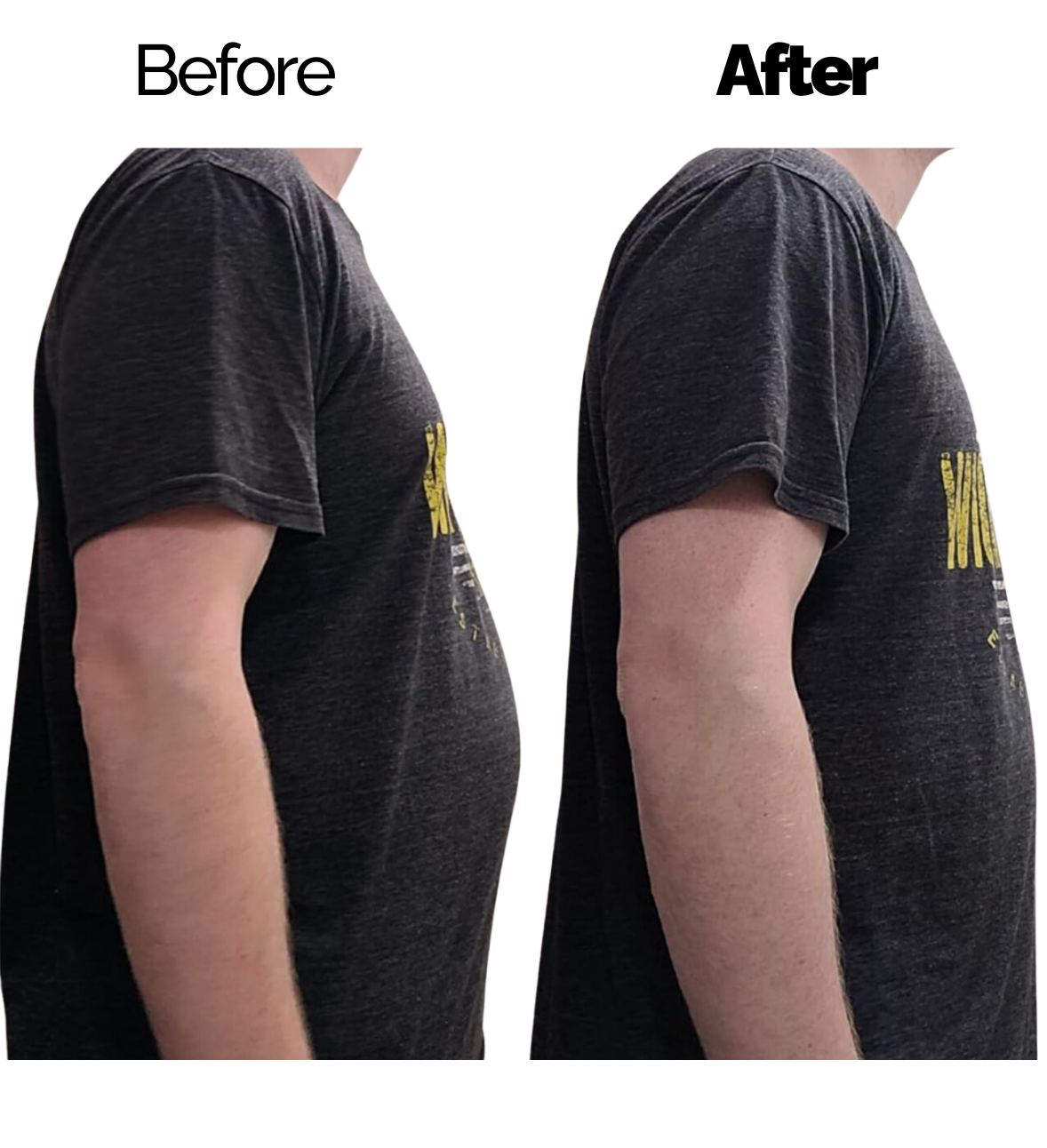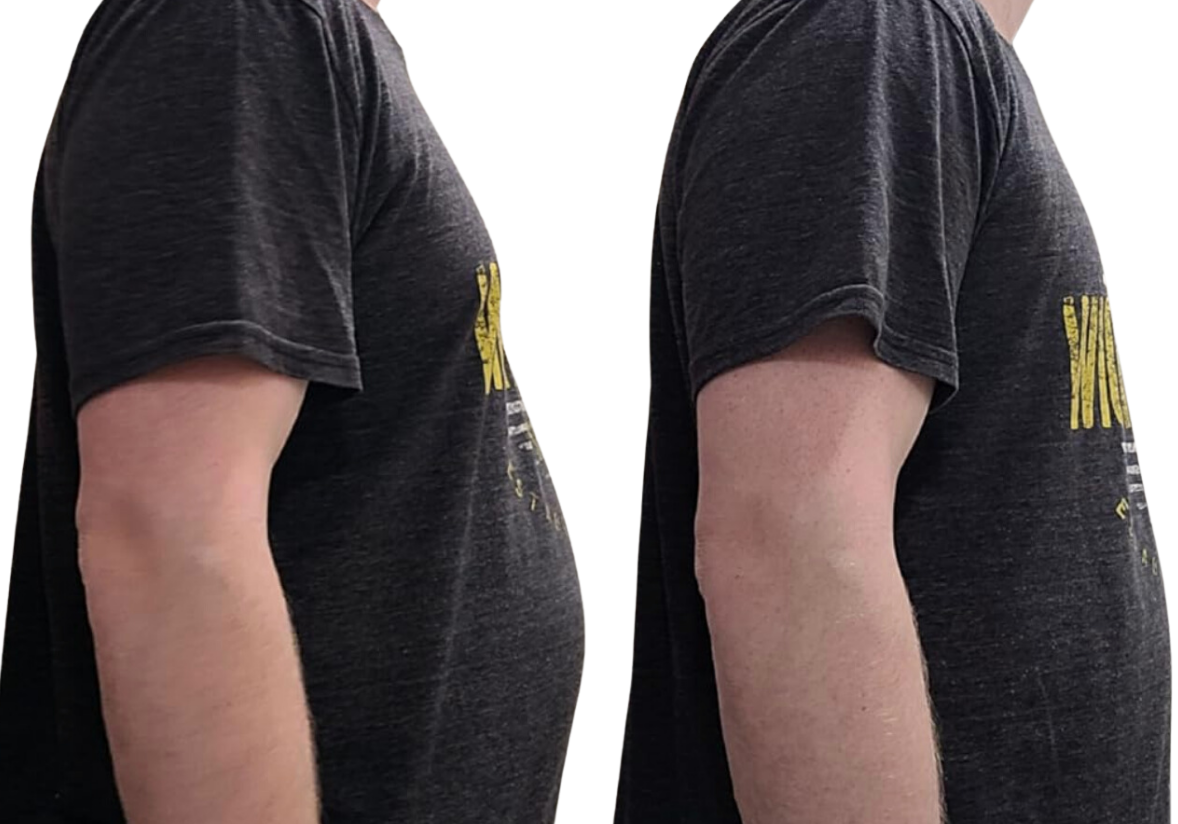Gynecomastia, which causes male breast tissue to grow larger often makes men feel ashamed and uneasy. While this issue affects up to 65% of men to some extent, people don't talk about it much or understand it well. This guide aims to give you a full picture of how to treat gynecomastia without surgery. We'll look at what causes it how to spot it, and what non-surgical options you have to deal with it.
Gynecomastia can happen at any age, from babies to old people, and might last for a short time or stick around. Most of the time, it's not harmful, but sometimes it could point to a health problem that needs a doctor's attention. It can affect one breast or both and can be mild or severe.
To figure out the best way to treat gynecomastia, it's crucial to understand what causes it and what factors play a role. In the next parts, we'll look into these causes and also talk about the symptoms of gynecomastia and how doctors diagnose it.
Causes of gynecomastia
Several things can cause gynecomastia to develop such as hormone imbalances, some medicines, and other health problems. Hormone imbalances too much estrogen or not enough testosterone, are the main reasons for gynecomastia in most cases. These imbalances can happen naturally during puberty, which leads to temporary gynecomastia that goes away on its own.
Some medicines can have gynecomastia as a side effect. These include drugs for:
• Blocking male hormones
• Easing anxiety
• Fighting bacteria
• Treating cancer
• Managing heart problems
If you think a medicine you take might be causing your gynecomastia, talk to your doctor about other options.
Health issues can also lead to gynecomastia. These might be:
• Liver problems
• Kidney problems
• Thyroid issues
• Tumors
It's key to see a doctor if you think a health problem is behind your gynecomastia. Finding and treating the cause gives you the best chance of good results.
Identifying gynecomastia: symptoms and diagnosis
Gynecomastia has an influence on breast gland tissue causing it to swell. This results in breast enlargement and tenderness. The extent of enlargement can differ, from a small amount of extra tissue to more noticeable breast growth. In some instances, gynecomastia may also lead to nipple discharge, pain, or changes in how the nipple or areola looks.
Doctors diagnose gynecomastia through a physical exam and by talking about your health history and symptoms. Sometimes, they need more tests to find out what's causing the gynecomastia or to make sure it's not something else. These tests might include blood work to check your hormone levels or scans like mammograms, ultrasounds, or MRIs.
Why think about treating gynecomastia without surgery?
While surgery is an option to treat gynecomastia many people want to check out non-surgical ways to deal with it. Treating gynecomastia without surgery has some perks: it costs less, cuts down on possible issues, and takes a gentler approach. This can be a good fit for those with mild or moderate gynecomastia.
Non-surgical treatments can also be a great starting point to tackle gynecomastia if a fixable problem is causing it, like certain meds or an unbalanced diet. In these cases, fixing the root cause might solve the gynecomastia problem without needing any invasive procedures.
Natural gynecomastia treatment options
Men have several choices to treat gynecomastia without surgery. These options include:
- Herbal remedies: People suggest different herbal supplements to help balance hormone levels and support male breast reduction. These include turmeric, flaxseed, and milk thistle. But remember, you should talk to your doctor before you start taking any herbal supplement. Some might not mix well with your medicines or could have side effects.
- Dietary changes: Eating a balanced diet can help your overall health and hormone balance. This means lots of lean proteins whole grains, fruits, and veggies. Cutting back on processed foods, sugars, and unhealthy fats might also help manage gynecomastia.
- Exercise: Working out can help balance hormones, shed pounds, and boost overall health. Lifting weights , can build up chest muscles and might make them look more defined.
Medications to treat gynecomastia without surgery
Doctors sometimes prescribe medicines to tackle gynecomastia. These might include:
- Hormone therapy: When hormones are out of whack and cause gynecomastia, hormone therapy can help bring things back to normal. This might mean giving testosterone using drugs that change how estrogen works (SERMs), or stopping the body from making too much estrogen.
- Changing medicines: If a drug you're taking is behind your gynecomastia, your doctor might tell you to take less of it or switch to something else.
You need to check with a doctor before you start or stop taking any medicines. If you don't, you might face dangerous health problems.
Lifestyle changes to reduce gynecomastia
Along with the natural remedies and medicines we talked about earlier, changing how you live can help treat gynecomastia without surgery. Here are some ways to do that:
- Weight management: Reaching and keeping a healthy weight can help lessen the look of gynecomastia, as too much body fat can throw off hormone balance and increase breast tissue. Eating a balanced diet and working out can help you manage your weight.
- Stress reduction: Too much stress can mess with your hormone levels, which might cause or make gynecomastia worse. Using ways to cut down on stress like being mindful, meditating, or doing yoga can boost your overall health and keep your hormones in check.
- Steering clear of hormone-disruptors: Some things like booze, cigarettes, and party drugs can mess with your hormones and make man boobs worse. Cutting back on these or quitting altogether can give your gynecomastia treatment a boost. It's not just about what you put in your body – it's also about what you keep out.
Complementary and alternative therapies to treat gynecomastia
People sometimes look into other ways to help with their gynecomastia treatment besides the usual methods. These can include things like acupuncture, massage, or seeing a chiropractor. Science doesn't have much proof that these work for gynecomastia. Still, they might help you feel better overall and cut down on stress, which can be good when you're dealing with this condition.
Before you try any of these other treatments, it's crucial to talk to a doctor. They can tell you if these options make sense for you and your situation.
Monitoring progress and adjusting treatment plans
When you're trying to treat gynecomastia without surgery, you need to keep an eye on how you're doing and tweak your treatment plan if needed. This might mean regular visits to your doctor keeping track of your symptoms and physical changes, and being willing to try new treatments if what you're doing now isn't working out.
You'll need to be patient and stick with it, as non-surgical treatments for gynecomastia can take a while to show results. But if you stay committed and have a thorough personalized treatment plan, you can often manage your gynecomastia without having to go under the knife.
To wrap up and move forward with non-surgical gynecomastia treatment
Gynecomastia poses challenges for management, but many non-surgical treatments exist. To handle gynecomastia , people should understand its root causes, spot its signs, and get a proper diagnosis. They can then look into natural cures, drugs, changes in how they live, and other supportive therapies. This allows for a full personalized way to deal with gynecomastia.
Working hand in hand with a doctor is key to create a treatment plan that fits your specific needs and situation. By keeping an eye on how things are going and being ready to tweak plans when needed, people can manage their gynecomastia without having to resort to surgery.
If gynecomastia worries you, talk to a doctor for advice and help. With the right tools and a hands-on approach, you can take charge of your health and manage your gynecomastia well.
If you have gynecomastia, see a doctor to create a treatment plan that fits your specific needs and situation. With the right resources and a full approach, you can handle your gynecomastia without surgery.






























